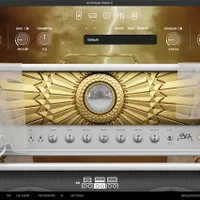MusicRadar Verdict
A collaboration between an artist who is among those at the leading edge of what they do and a company with a respected expertise in its field was always going to result in a product with a hefty amount of expectation to live up to. Happily, the Archetype: Misha Mansoor X does exactly that, providing a focused toolbox of amplifiers and effects that are exactly what is needed for those after huge, progressive metal tones.
Pros
- +
Easy to use.
- +
Excellent modern high-gain tones.
- +
Useful utilities in the gate, doubler and transpose functions.
Cons
- -
Not the most sonically flexible.
- -
Preset management could be friendlier.
MusicRadar's got your back
Name: What is it?
With a sonic assault of technical riffs, hooky melodies, and a healthy dose of well-placed screaming, Periphery have made their mark in modern guitar music of the djenty ilk with songs like Marigold and Scarlett rightfully garnering tens of millions of plays. It only takes a quick listen to those songs to conclude that it's the crushingly heavy guitar tones from guitarists Misha Mansoor, Jake Bowen and Mark Holcomb that are leading the charge of the Periphery sound.
So, an amp and effects modelling plugin that makes some of those tones available to the masses would be an exciting prospect, right? Well, that is exactly what we have in Neural DSP’s most recent artist collaboration, the Archetype: Misha Mansoor X guitar plugin.
More than just a guitarist, Misha Mansoor also possesses some pretty serious metal production chops, having not only taken up the role of producer on Periphery’s work, but also with bands such as Animals as Leaders and Veil of Maya. If you would like someone to contribute to a plugin aimed at the contemporary metal guitarist, it’s hard to imagine a person better suited to do so.
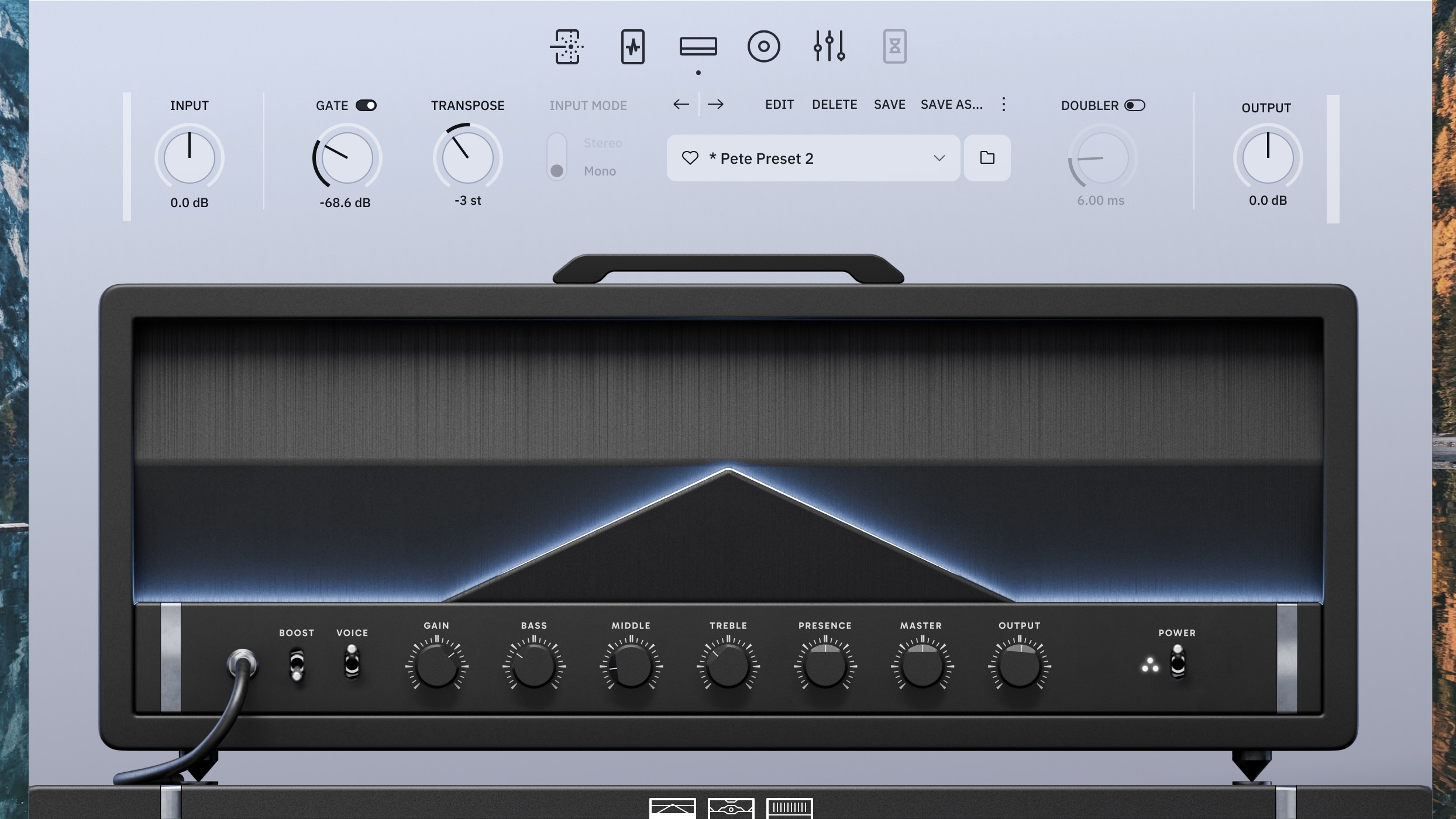
What Neural brings to the table is a storied history of quality signature guitar plugins with the likes of Rabea Massad, Tim Henson, and Cory Wong, all getting the Neural treatment. Also within the company's plugin arsenal are specific amps such as the Soldano SLO-100 and Mesa Boogie MKII, and expertise in vocal processing demonstrated by the recent Mantra release. So, it’s fair to say that, beyond any doubt, Neural knows what it’s doing.
Adding to this catalogue, the heart of the Archetype: Misha Mansoor X, is based around three amplifiers - a Clean, Rhythm, and Lead, all voiced for metal and each with its own individual cab, which can be mixed in matched if you feel the need.
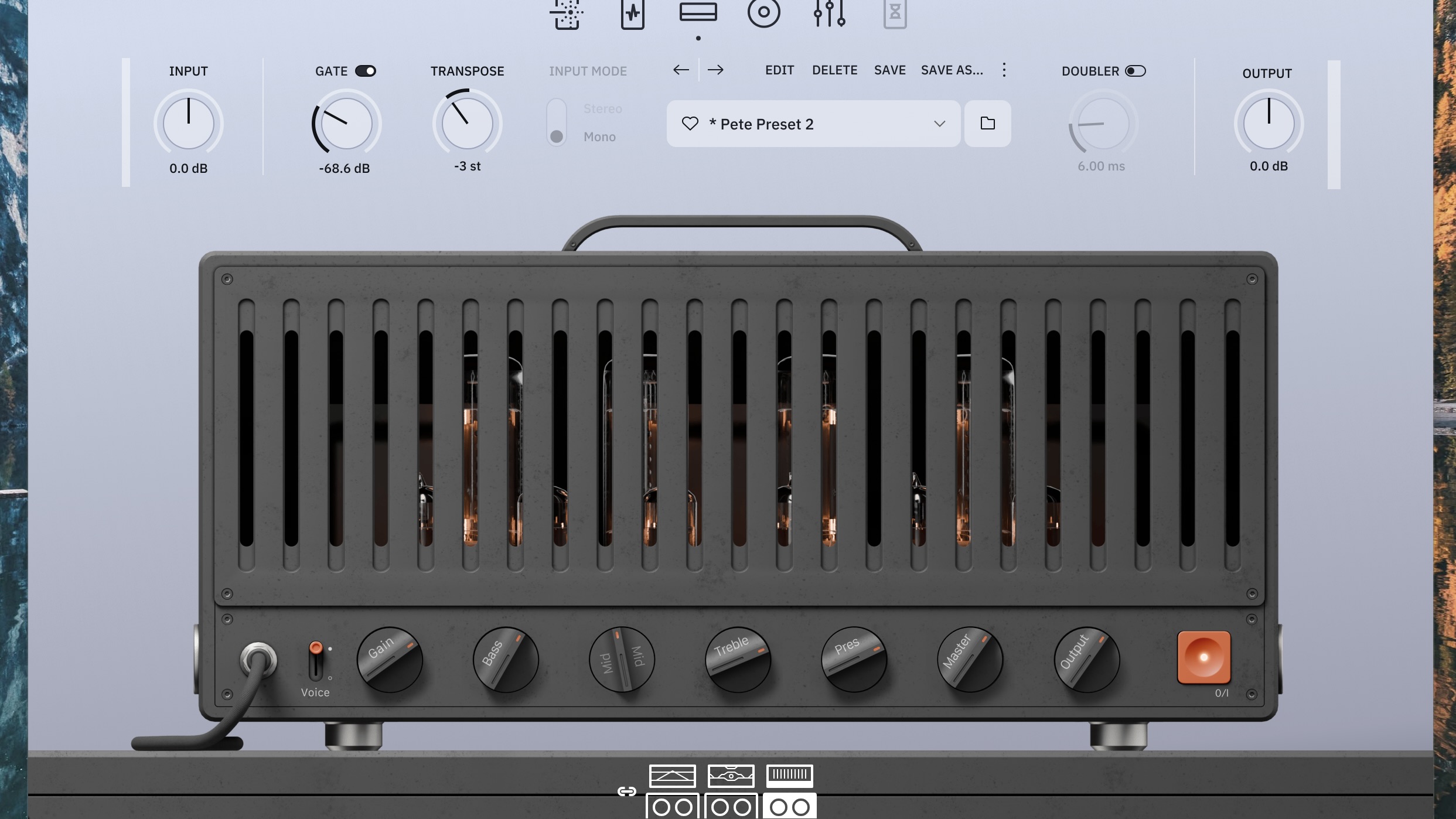
Complementing the amps is a signal chain that consists of Special FX, Pre FX, Amp Cab, EQ, and Post FX represented at the top, and some global adjustments - Input, Gate, Transpose, Doubler, and Output, as well as the facility to load and save presets. So plenty to talk about here.
Looking forward to finding out what the Archetype: Misha Mansoor X can do, I figure the best way to assess it would be to utilise it in its intended context - recording music. Hooking up a Presonus Quantum HD2 and running through Presonus Studio One, it’s time to get stuck in and see how Neural’s newest plugin performs.
Want all the hottest music and gear news, reviews, deals, features and more, direct to your inbox? Sign up here.
Specs
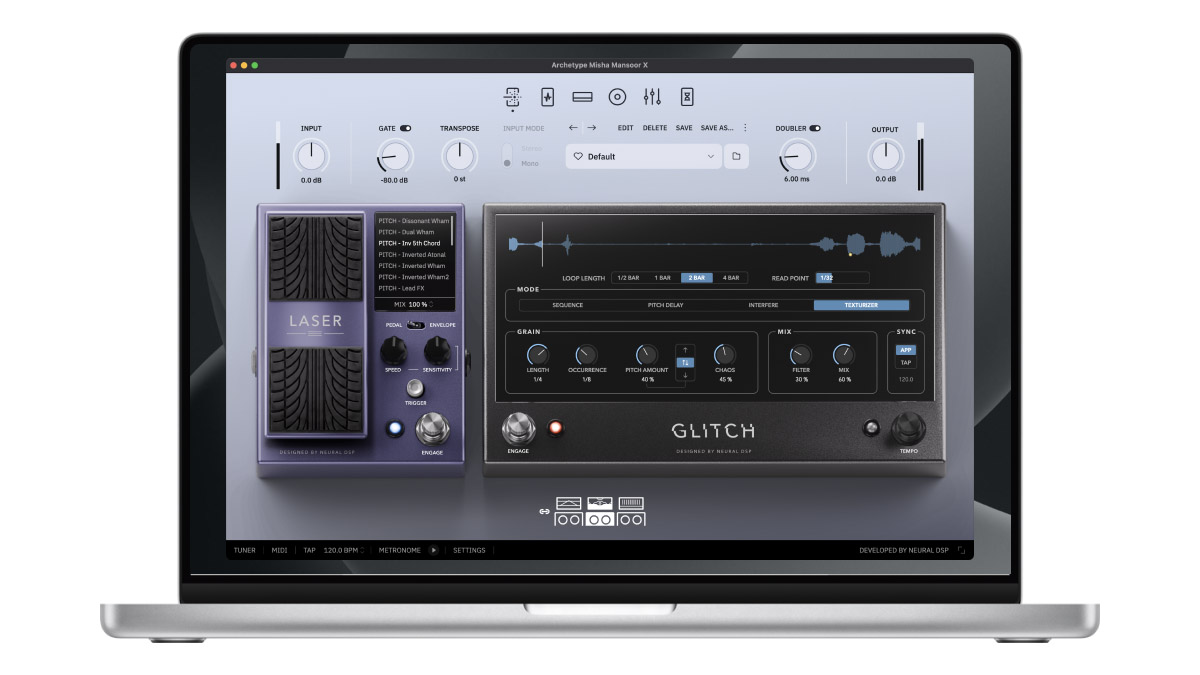
- Launch price: €125/£149/$149
- Type: Amp and FX modelling Plugin (hosted or standalone)
- Formats: Windows and PC
- System requirements: MacOS 13 Ventura or higher/Windows 10 or higher, AMD Quad Core R52200G/Intel Core i3/Mac Silicon M1 or higher, 1GB storage space, 8GB RAM
- Formats: VST2, VST3, AU, AAX
- Contact: Neural DSP
Usability
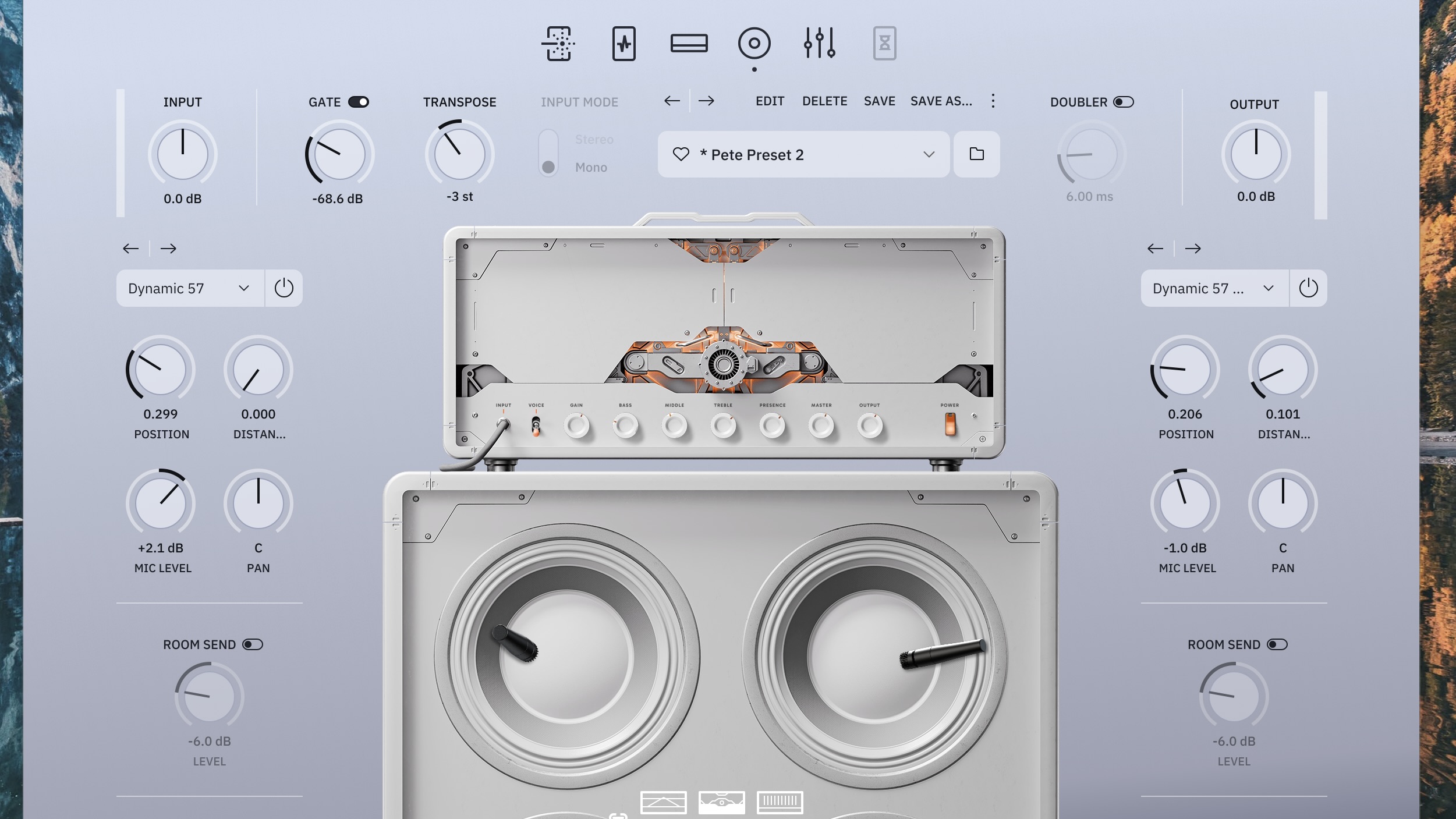
Usability rating: ★★★★½
An awkward user interface is the best way to kill any inspiration, and with this much functionality, it is a pit that guitar plugins, and any plugins for that matter, can easily tumble into. Thankfully, the Archetype: Misha Mansoor X is fronted by an interface that is helpfully visual and very intuitive.
Getting to grips with it, the first thing I appreciate is the fact that the plug-in can run as a standalone app, making things nice and quick when you just want to experiment with a couple of sounds for future use, without going to the effort of loading up a project within a DAW.
It’s a simple layout, with tabs to navigate to each section of the signal chain - Special FX, Pre FX, Amp, Cab, EQ and Post FX - presented at the top and the global functions just below them. These global functions stay in place as you click through the tabs so getting around the software and accessing all of its tools is a comfortable and straightforward experience.
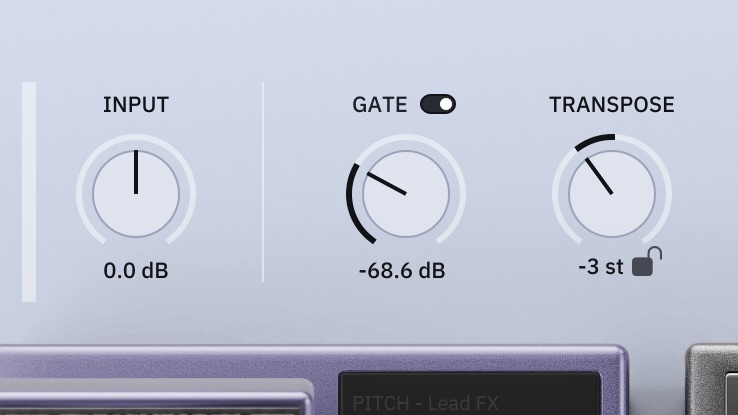
Across the board, parameters are represented via dials and switches that look similar to their hardware equivalents, making for a familiar experience that I’d wager anyone who has used real amplifiers and pedals could figure out, even if this was their first foray into the plugin world.
It’s the same deal when it comes to tweaking the cab settings, with a selection of six drag-and-drop mics as well as associated dials and controls, again in a visual and intuitive style.
Helping the workflow along further, MIDI mapping comes with a MIDI Learn function, which may prove particularly handy when using effects like the Laser that lend themselves to expression pedals in a Digitech Whammy style. Just right-click on the parameter you want to map, select MIDI learn, use the desired control on your connected MIDI controller, and the software will map that parameter to that control. And, as is standard on most modern plugins, tempo is automatically synced to your DAW.
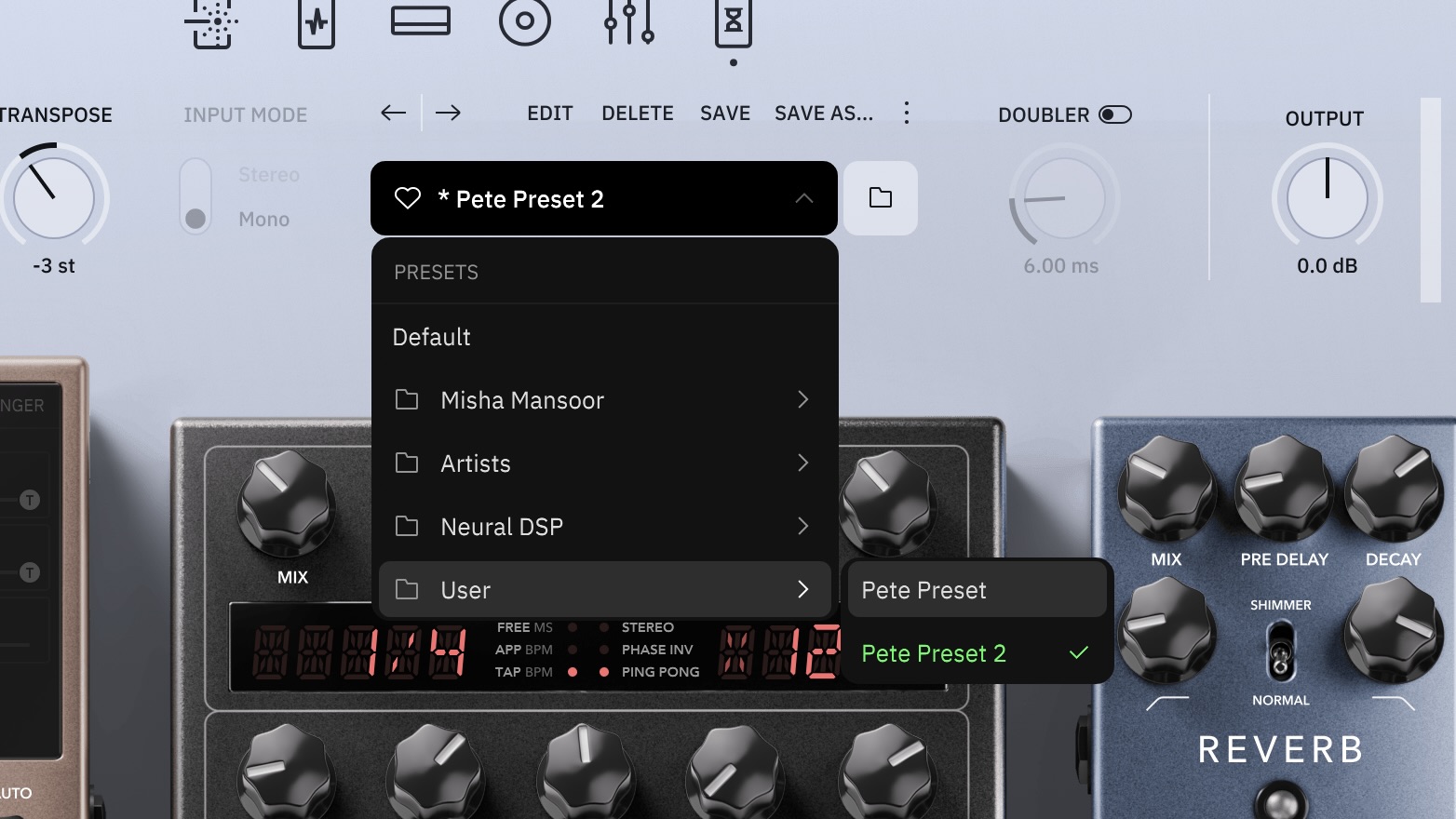
Perhaps the only thing I would tweak is the way the software stores user presets. They are all kept in one folder named “User” with no way to create further subfolders within it from the software.
There are plenty of us who delve into our tones with significant detail and often see user preset counts skyrocket pretty quickly. Having subfolders for separate bands or projects may be useful to help organise things a little and save scrolling through tens or hundreds of lovingly curated tones.
Having said that, there is a facility to add tags to your sounds so that they can be located via the search tool, which is handy, but I’d still prefer the ability to organise them into folders in addition to this.
Sounds
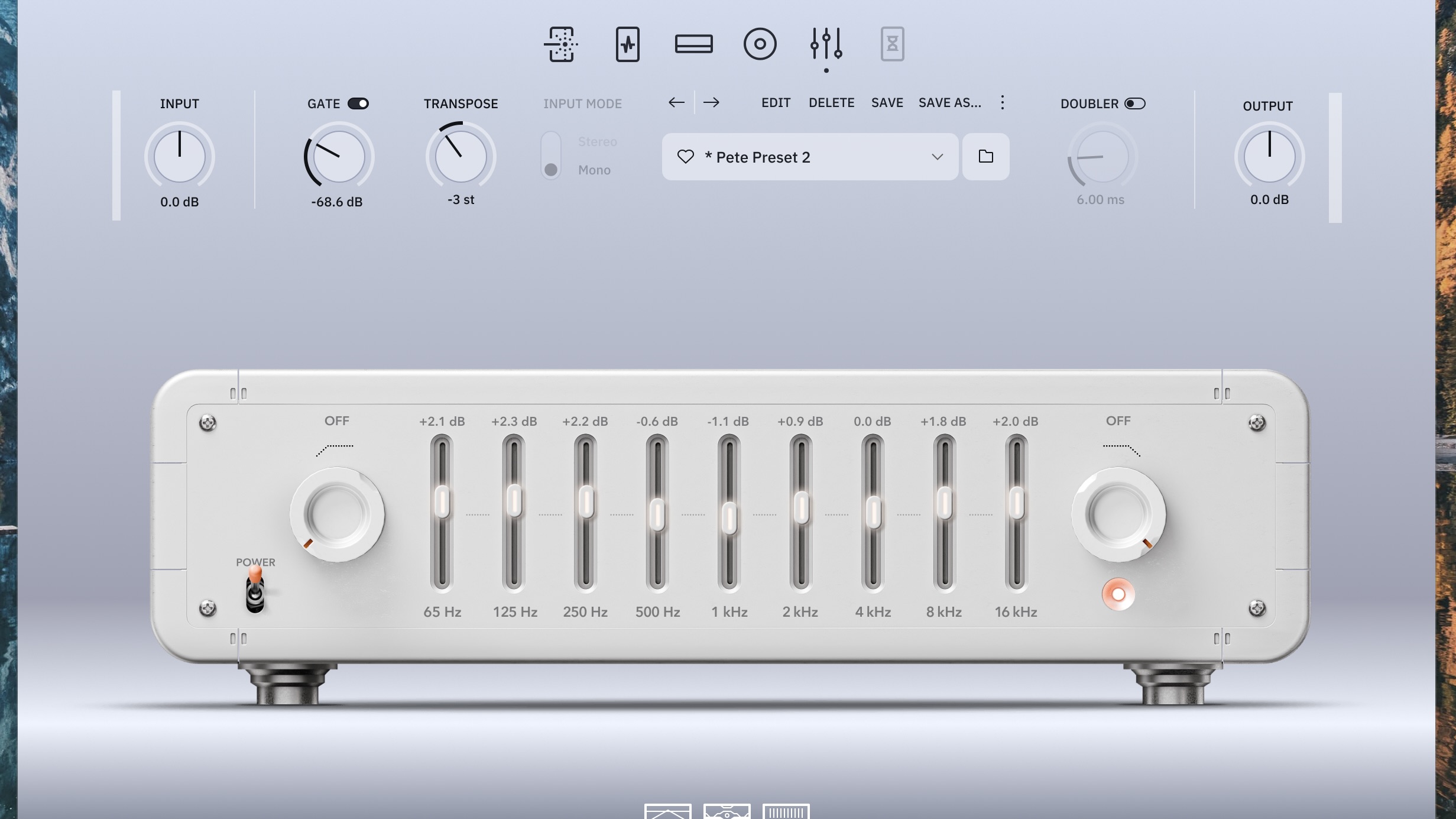
Sounds rating: ★★★★½
Getting ready to record, it’s time to explore the plug-in a little and see what there is to play with. The focal point of the software is those aforementioned Clean, Rhythm and Lead amps.
The Clean can go from pristine to edge of break-up, with a Boost control that helps push things over the edge. However, it’s the glassy clean thing that I imagine will get the most use here, particularly when paired with some of the effects, to create those ethereal bridges we often hear in this style of music. It’s a gorgeous sound, with plenty of overtones to bring it to life.
Both the Ryhtm and Lead are geared towards higher gain, with the Lead being a little more saturated and mid-forward. They can do the crunchy thing, but are unsurprisingly happiest within the realms of heavy tones. Fat with a percussive thump and a high end that is clear even with unreasonable levels of distortion - it’s hard to ask for more here.
All three amps have a two-way voice switch, a three-band EQ and a presence control. The voice switch toggles between two settings, one more mid-forward than the other.
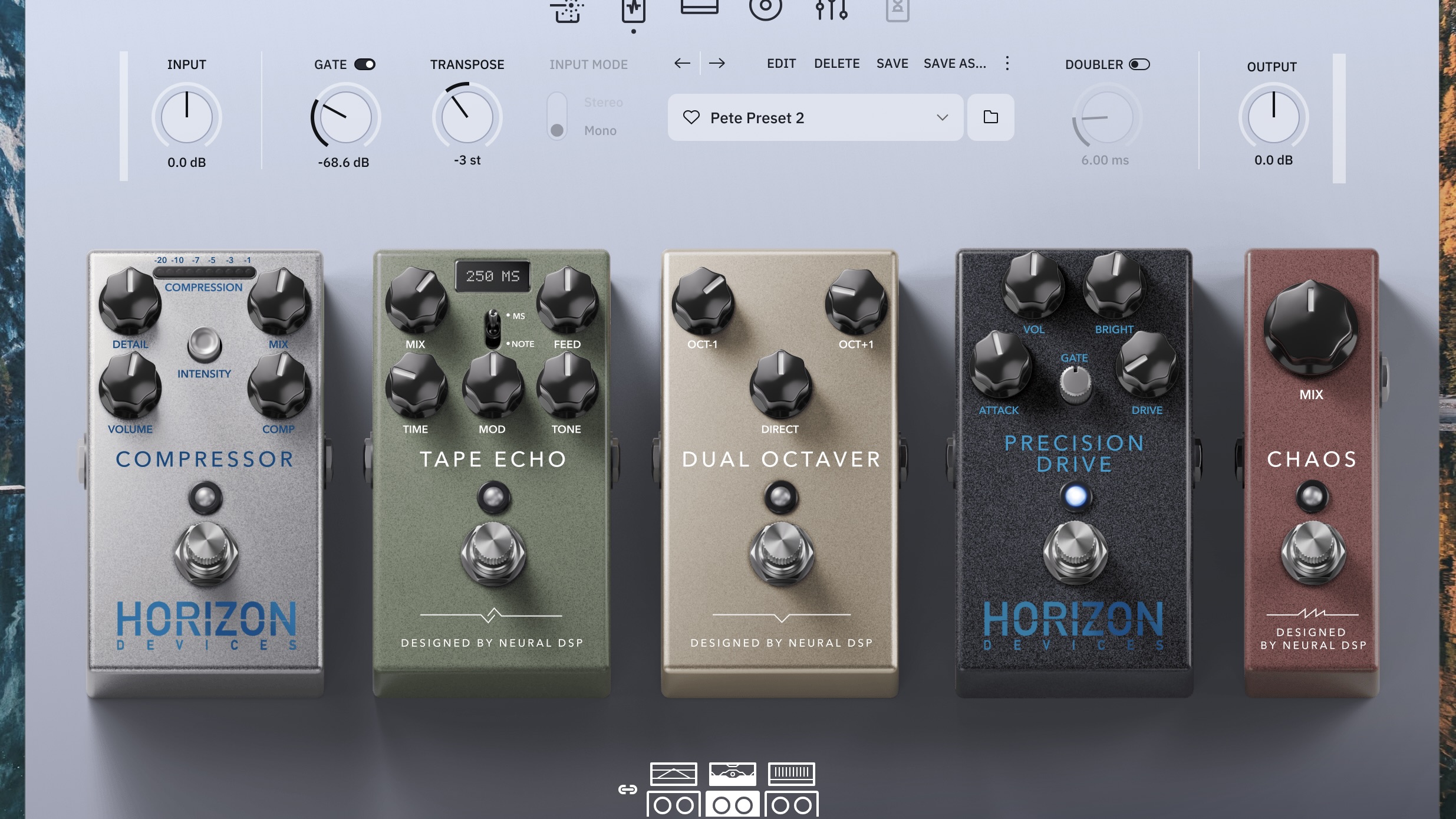
The Treble has the most adjustment available, with the Bass and Mid being a little more subtle on the Rhythm and Lead amps and the Clean amp possessing a bigger sweep in the Bass control.
We have all tweaked our way out of a good tone, but the EQ here makes this pretty hard to do, as the adjustments are wide enough to make the changes I might need, but narrow enough that the tones are pretty much foolproof.
The tones are pretty much foolproof
You’re not going to be able to employ any extreme, quirky EQ tricks here, but in the context of use with a DAW where there are many other built-in tools to do that with, this strikes me as a good choice. It allows the user to get straight to a no-frills, metal amp tone. If you like a frill, though, fear not, there are plenty of those elsewhere.
Coming up with some heavy riffage, I would love a bass-cutting, mid-humped boost pedal in front of the rhythm amp to tighten things up further. Enter the Pre FX section, where I find a model of Horizon Devices Precision Drive, which is built for this exact job.
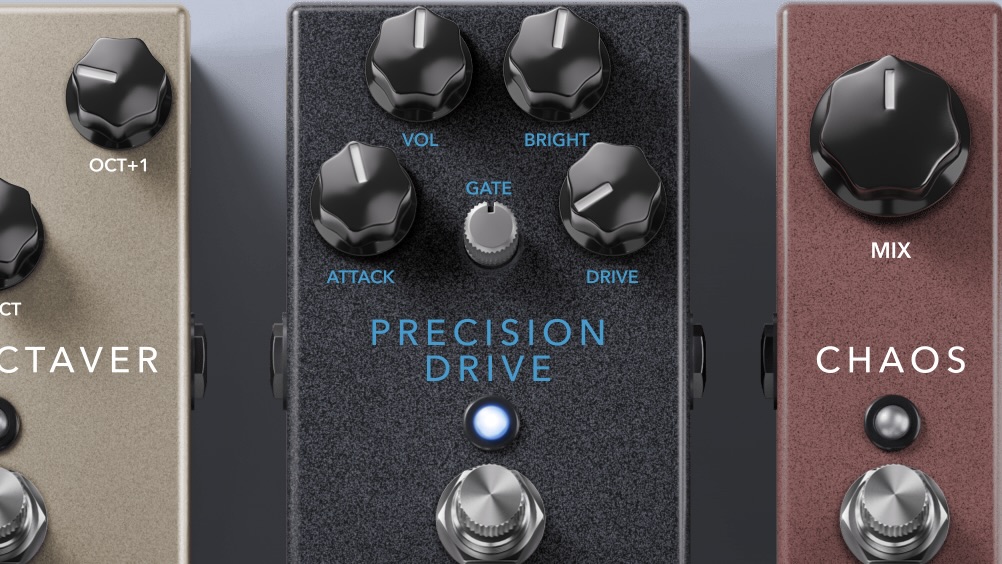
Horizon Devices was founded by Misha Mansoor himself, so it’s no surprise to see this featured here, nor is it a surprise to see how well it works, tightening up the tone and adding yet more gain without getting muddy.
The Pre FX tab also sports a Compressor, Tape Echo, Dual Octaver and a rather interesting one knob wonder pedal named Chaos, which adds distortion that is mixed with the dry signal. Combined with the Post FX section that contains a Modulation, Stereo Delay and Reverb, these add up to a suite of tools that cover all the basic food groups you might need in a metal context.
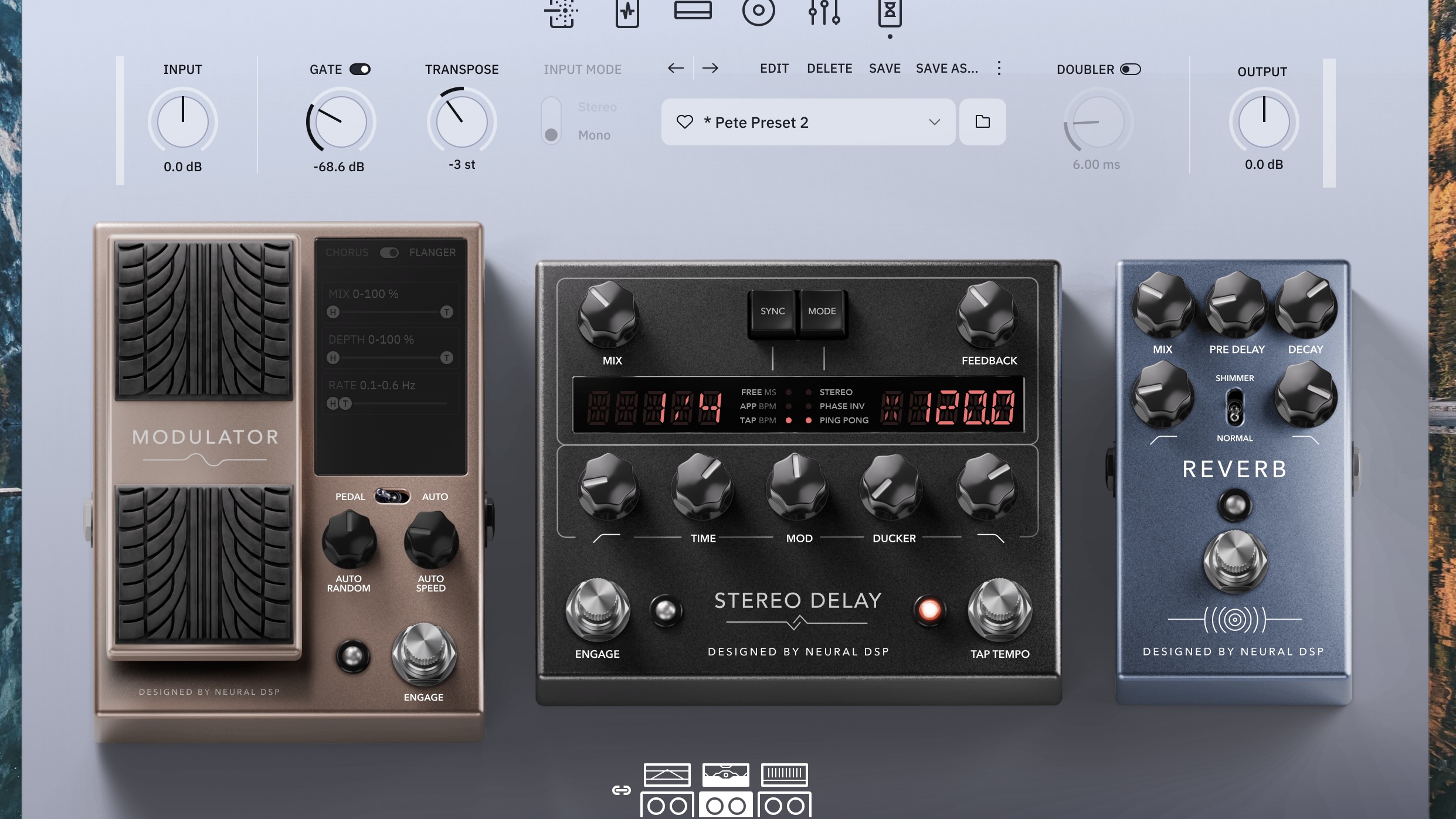
Where things go beyond those basic food groups into something a little more wild is in the Special FX tab, as here lies the Glitch and Laser effects. The former provides some synthy sequencer sounds and the latter operates as - perhaps a little more familiar to guitarists - a whammy pedal that can be triggered by your picking dynamics.
Periphery are no strangers to these otherworldly tones. A quick listen to the likes of It’s Only Smiles will demonstrate that, so if you're buying this plugin as a fan of the band, you will be pleased to see these effects included. And as if all this wasn’t enough, the ten-band EQ provides even more helpful tweaking to get those sounds just right.
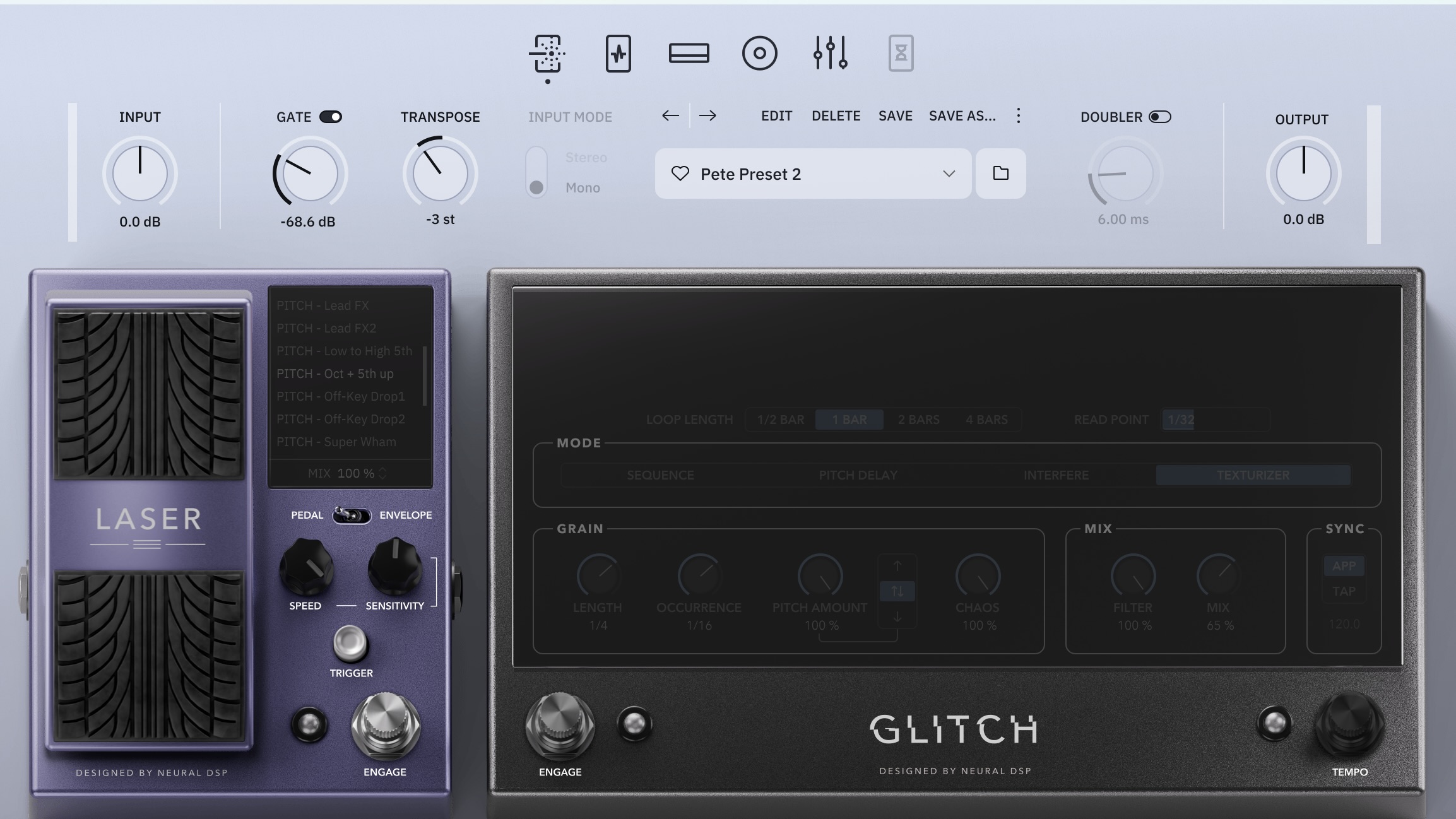
Jumping into recording, the first thing I would usually do for this style of music is drop-tune a guitar. However, the transpose function on the plugin saves me a bit of work here. It tracks impressively well throughout all of its two-octave (one up, one down) range, without affecting the guitar's overall tone. It does a good job polyphonically too, only struggling with more complicated chord voicings at around the four semitone mark and above. Impressive.
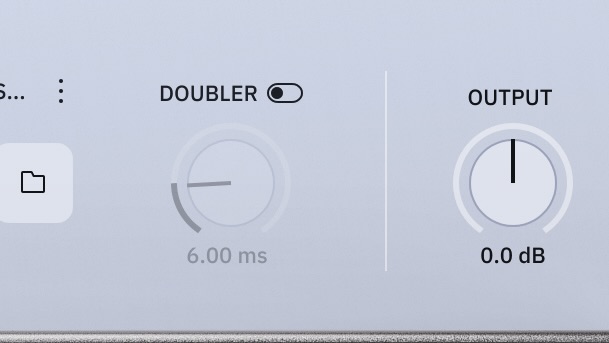
Utilising the transposer to put my Gibson SG into C# standard, the next tool that speeds up the process is the doubler. As the name suggests, it doubles the audio but with a few milliseconds delay, panning the doubled track opposite to the original signal, creating a stereo feel. It’s not quite as wide as true double-tracking, but it is perfect for making a riff sound bigger.
Dialling in good tones to record with is a breeze, with a great starting point in all three of the amps. I would have liked a bit more flexibility in the signal chain - for example, the ability to run the chorus into the amp rather than after it, but the upside of this is that you are safeguarded from decisions that could lead to undesirable sounds.
Verdict
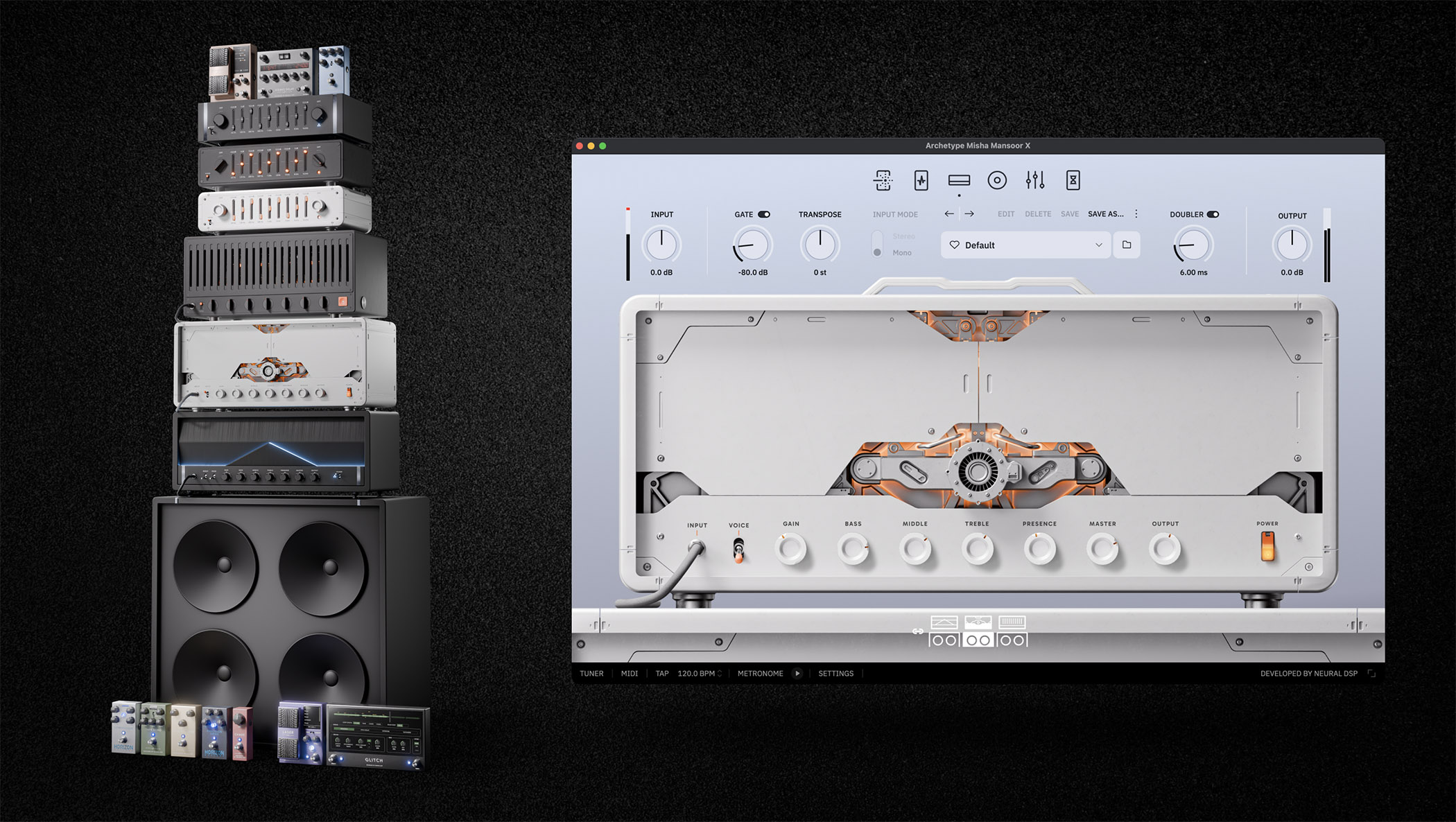
Cracking on with some recording, the experience of using the Archetype: Misha Mansoor X is an endlessly rewarding one. It contains enough tweakability to serve the type of music it is aimed at, without rendering the user paralysed with too many options.
Want a heavy rhythm part? Use the Rhythm amp. Need some cleans? Switch over to the Clean amp. Time to record an epic lead - you get the idea. The suite of effects boasts the expected boosts, delays and modulation, all of which are easy to use.
The more outlandish stuff is contained within its own tab, meaning those of us who are a little out of our depth with what is offered from the likes of the Glitch effect can easily stick within our comfort zones. But, if you are not afraid of a learning curve, there are some fun sounds to be had here, too.
If you want the sort of huge sound that is inspired by bands at the forefront of the progressive scene, you know where to go
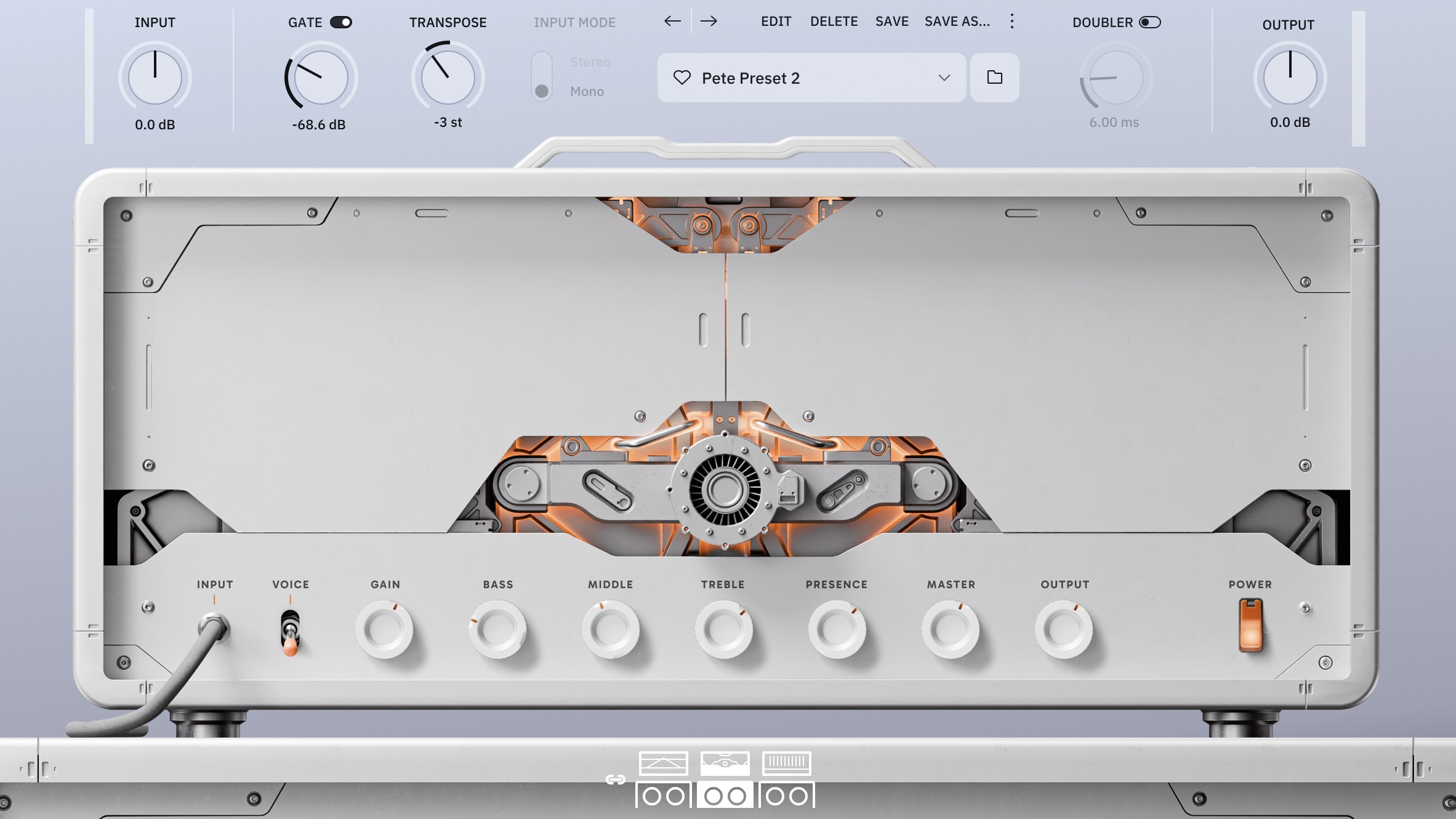
For genres outside of the heavy technical thing, there are better options in Neural’s catalogue, as the Misha Mansoor X is not the most sonically flexible piece of software. However, I don’t see this as a bad thing, as it results in a plugin with a clearly defined purpose. In other words, if you want the sort of huge sound that is inspired by bands at the forefront of the progressive scene, you know where to go.
Music Radar Verdict: A collaboration between an artist who is among those at the leading edge of what they do and a company with a respected expertise in its field was always going to result in a product with a hefty amount of expectation to live up to. Happily, the Archetype: Misha Mansoor X does exactly that, providing a focused toolbox of amplifiers and effects that are exactly what is needed for those after huge, progressive metal tones.
Also try
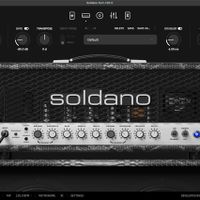
Neural DSP Archetype: SLO 100 X - $119|£139|€139
If you like the sound of what Neural does with its plugins, but are inclined towards an amp that can do more than the heavy thing, this may be a good shout. The SLO-100 was used by players such as Motley Crue’s Mick Mars, so it’s a high-gain amp with roots in the heavier end of classic rock, but can also hop over into Blue’s territory for those Gary Moore-esque tones.

Positive Grid BIAS X - £139|$149|€159
Utilising AI, BIAS X aims to get the user to the tones in their head through the use of text prompts and/or uploading audio with the desired guitar tone. If you don’t want to spend too long tweaking, it’s a great solution for bypassing all that parameter diving.
Neural DSP Archetype: Rabea X - $139|£164|€164
Another plugin aimed at those in the technical realm, but via a different flavour of modern sounds from a selection of amps that can cover the crunchy and hard rock thing, as well as modern metal.
Read more: Neural DSP Archetype: Rabea review
Hands-on videos
Neural DSP

Rabea Massad
Jack Gardiner

Pete cut his teeth as a guitarist by spending over a decade playing in both function and original bands whilst teaching during the week. He now uses this experience combined with degrees in Music and Web Design, plus a general addiction to all things guitar gear, to write reviews for MusicRadar and Guitar World. When not experimenting with his pedalboard, he will spend any extra time he has perfecting his extensive coffee-making setup.
You must confirm your public display name before commenting
Please logout and then login again, you will then be prompted to enter your display name.

